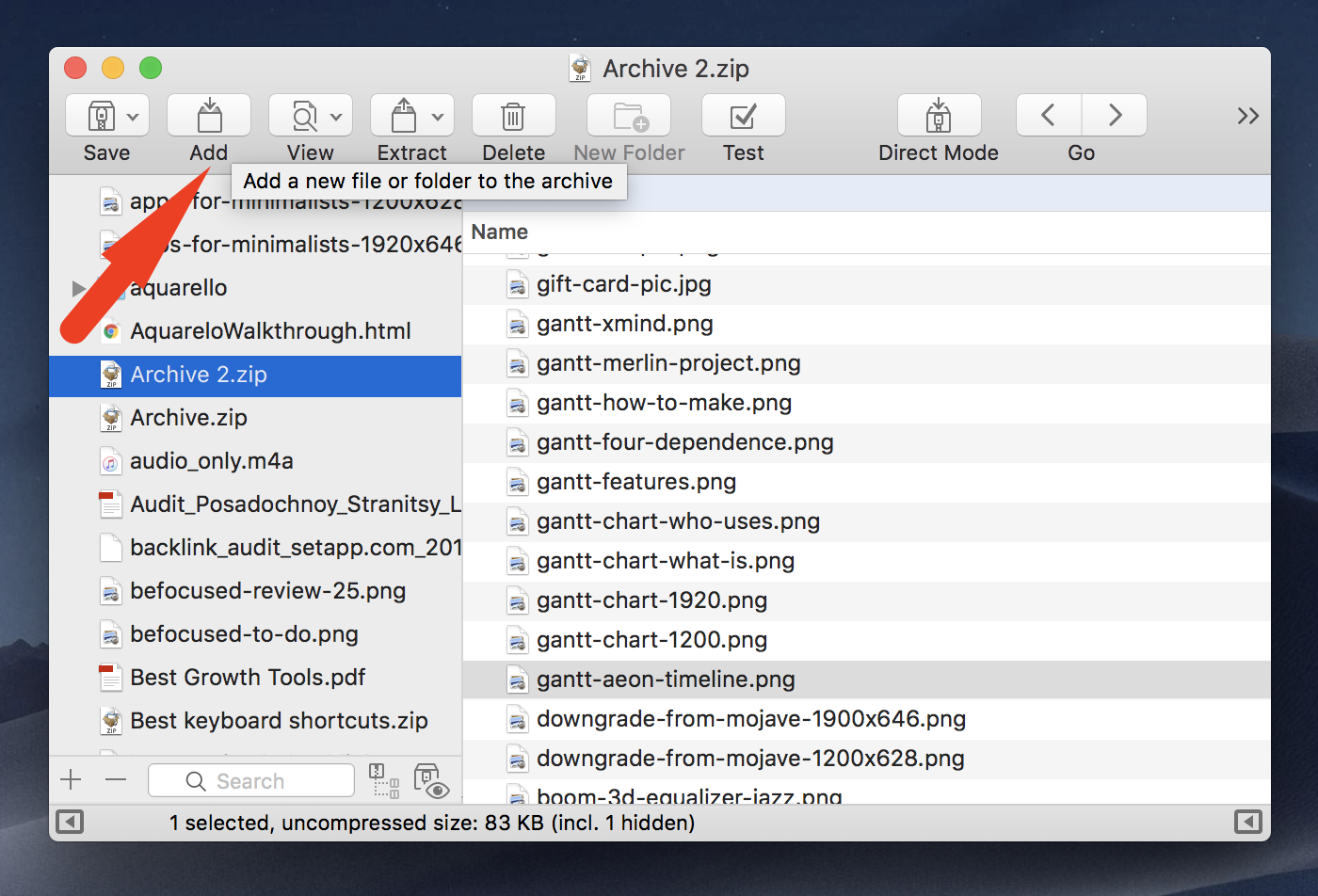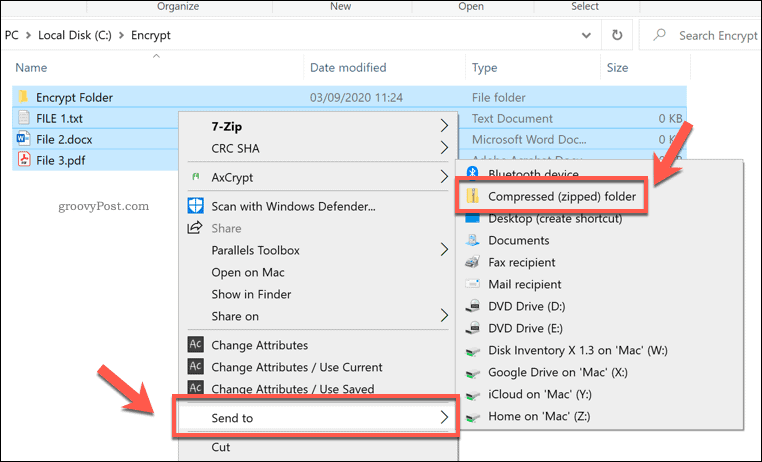To unzip the contents, follow these steps: Click the Unzip button. From the drop down menu, choose to unzip your files to this Mac, iCloud Drive, Dropbox or Google Drive. A 'Finder style' window will open. You can browse to the folder where you want the files saved. Choose to unzip the Entire Zip file or Selected Items. Print Multiple Files via Finder. To use the Finder method to print multiple files at once on your Mac, first launch a new Finder window. You can do this by clicking on the Finder icon in your Dock.
| Click here to return to the 'Create split zip files from the command line' hint |
The -s parameter splits the archive into multiple zipped files fine, but how do I unzip them? Using unzip from the command only looks at the very last file in the archive, and when you specify the first file (.z01), it errors out with:
$ unzip bws.z01
Archive: bws.z01
End-of-central-directory signature not found. Either this file is not
a zipfile, or it constitutes one disk of a multi-part archive. In the
latter case the central directory and zipfile comment will be found on
the last disk(s) of this archive.
unzip: cannot find zipfile directory in one of bws.z01 or
bws.z01.zip, and cannot find bws.z01.ZIP, period.
How Do You Cut And Paste Files From One Folder To Another?
Wo rehne wali mahlo ki mp3 song download. The Unarchiver (free in MAS), unzips the split zip just fine, but hell if I can't find a way to get unzip at the command line to do the same thing.
Why not create the zip file and then use the split command to make your chunks? Those files can simply be concatenated and unzipped.
You and I could definitely do that, and that is certainly the way I would've gone if I wanted to split up a tgz file. My mom… not so much, especially not on Windows. If she were using a Mac I probably would've gone with a sparse bundle DMG file.
As I mentioned in the OP, the man page for zip explains the difference between that approach and using the split zip method.
Split zip is just one alternative to this problem, and it happens to have built in support on both Windows and OS X.




The rar command line tool can be downloaded as (never ending) trialware at rarlab.com. Unrar is free on all platforms. Usage: 'rar a -m0 -v4700000 archivename filename(s)' where a = add (create archive), -m0 = no compression (-m5 = max compression, not useful for video plus it takes much longer), -v with max size in KB (1000 bytes, append 'k' for size in 1024 bytes: -v4589843k).
Finder Question - How Can I See ALL Files Within A Folder (INCLUDING Subfolders??)
Uh, what?
'It appears that OSX 10.8 removed the tar --tape-length flag'
Not really. Our fine friends at Apple have chosen to remind us there are other versions of software beside that provided by GNU. Mac OS X appears to have moved 'tar' to be 'bsdtar' and gnu tar is now 'gnutar'. Actually, it's a symlink. Do 'ls -l /usr/bin/tar' to see.
Try this:
gnutar --tape-length=102400 -cMv --file=tar_archive.{tar,tar-{2.100}} [files to tar]
Note, I would *NOT* change the link to gnutar. There be dragons.
Mac Zip Into Multiple Files Online
That is very helpful! I was a little taken aback when I found that normal 'tar' didn't have the --tape-length flag, even for historical purposes. Knowing about gnutar is very helpful, thanks for pointing it out!